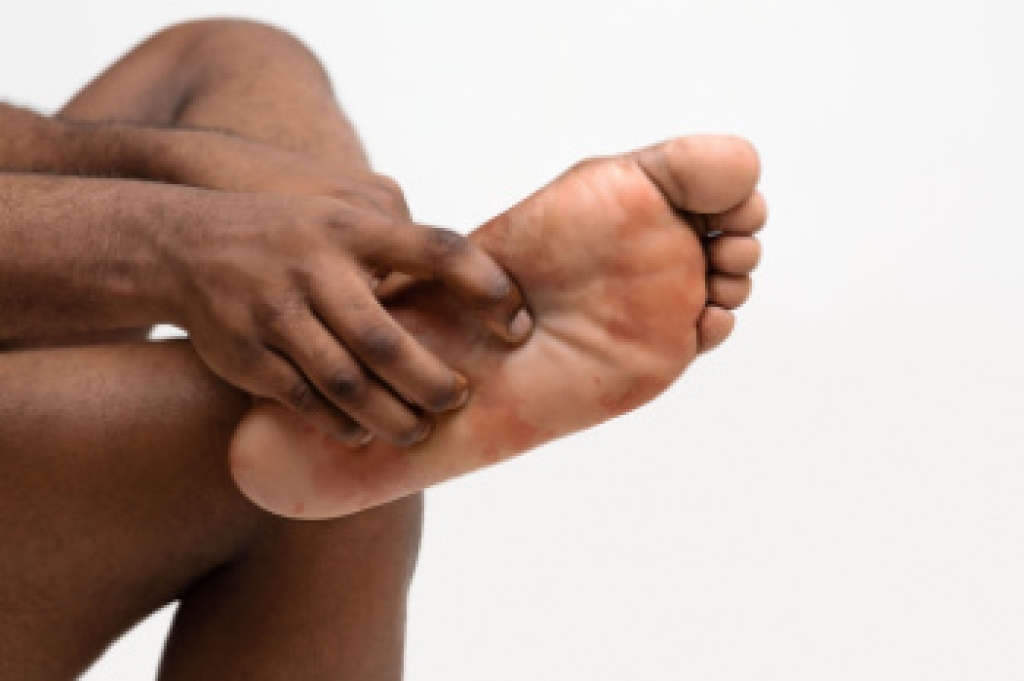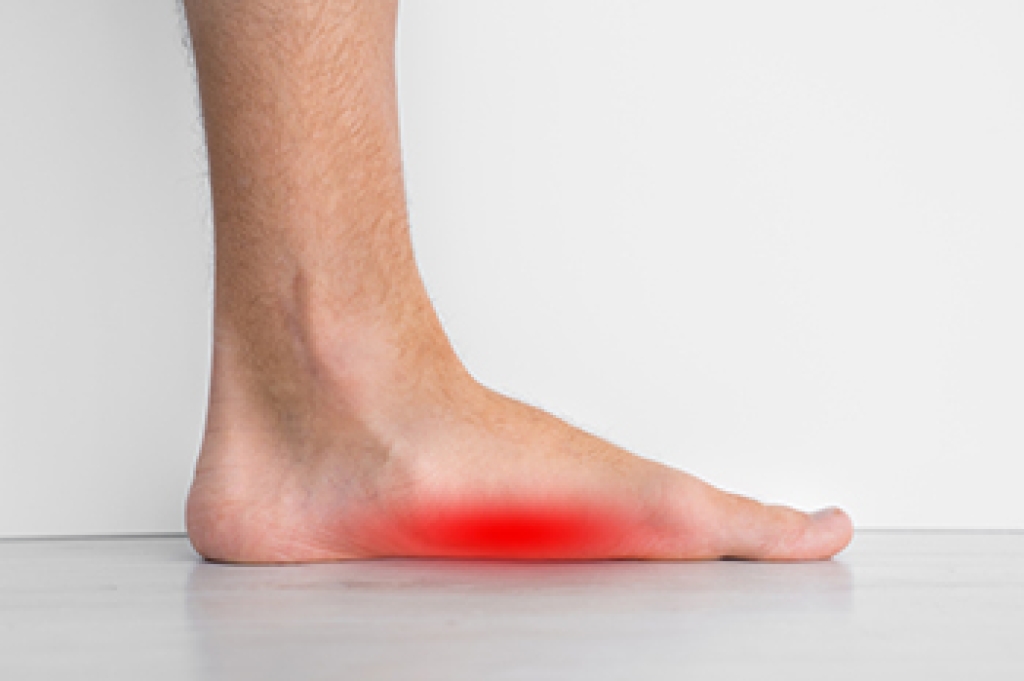
Plantar fasciitis, a common and painful foot condition, is influenced by various risk factors. Age plays a role, with the condition being more prevalent in individuals between 40 and 60 years old, as the plantar fascia tends to lose elasticity with age. Engaging in high-impact activities, like running or dancing, can strain the plantar fascia, making physical activity another risk factor. Abnormal foot mechanics, such as flat feet or high arches, alter the distribution of pressure on the plantar fascia, increasing the risk. Obesity adds extra stress to the feet and can lead to plantar fasciitis, while jobs requiring prolonged standing or walking on hard surfaces can also contribute. Improper footwear choices lacking arch support or cushioning can strain the plantar fascia, as does having a tight Achilles tendon. Finally, sudden increases in physical activity intensity or duration can overload the plantar fascia, causing inflammation. If you have heel pain that does not abate, it is suggested that you schedule an appointment with a podiatrist for a proper diagnosis and treatment options that are appropriate for you.
Plantar fasciitis can be very painful and inconvenient. If you are experiencing heel pain or symptoms of plantar fasciitis, contact one of our podiatrists from Foot & Ankle Centers of Charlotte County . Our doctors can provide the care you need to keep you pain-free and on your feet.
What Is Plantar Fasciitis?
Plantar fasciitis is the inflammation of the thick band of tissue that runs along the bottom of your foot, known as the plantar fascia, and causes mild to severe heel pain.
What Causes Plantar Fasciitis?
- Excessive running
- Non-supportive shoes
- Overpronation
- Repeated stretching and tearing of the plantar fascia
How Can It Be Treated?
- Conservative measures – anti-inflammatories, ice packs, stretching exercises, physical therapy, orthotic devices
- Shockwave therapy – sound waves are sent to the affected area to facilitate healing and are usually used for chronic cases of plantar fasciitis
- Surgery – usually only used as a last resort when all else fails. The plantar fascia can be surgically detached from the heel
While very treatable, plantar fasciitis is definitely not something that should be ignored. Especially in severe cases, speaking to your doctor right away is highly recommended to avoid complications and severe heel pain. Your podiatrist can work with you to provide the appropriate treatment options tailored to your condition.
If you have any questions, please feel free to contact our offices located in Punta Gorda and Port Charlotte, FL . We offer the newest diagnostic and treatment technologies for all your foot care needs.




